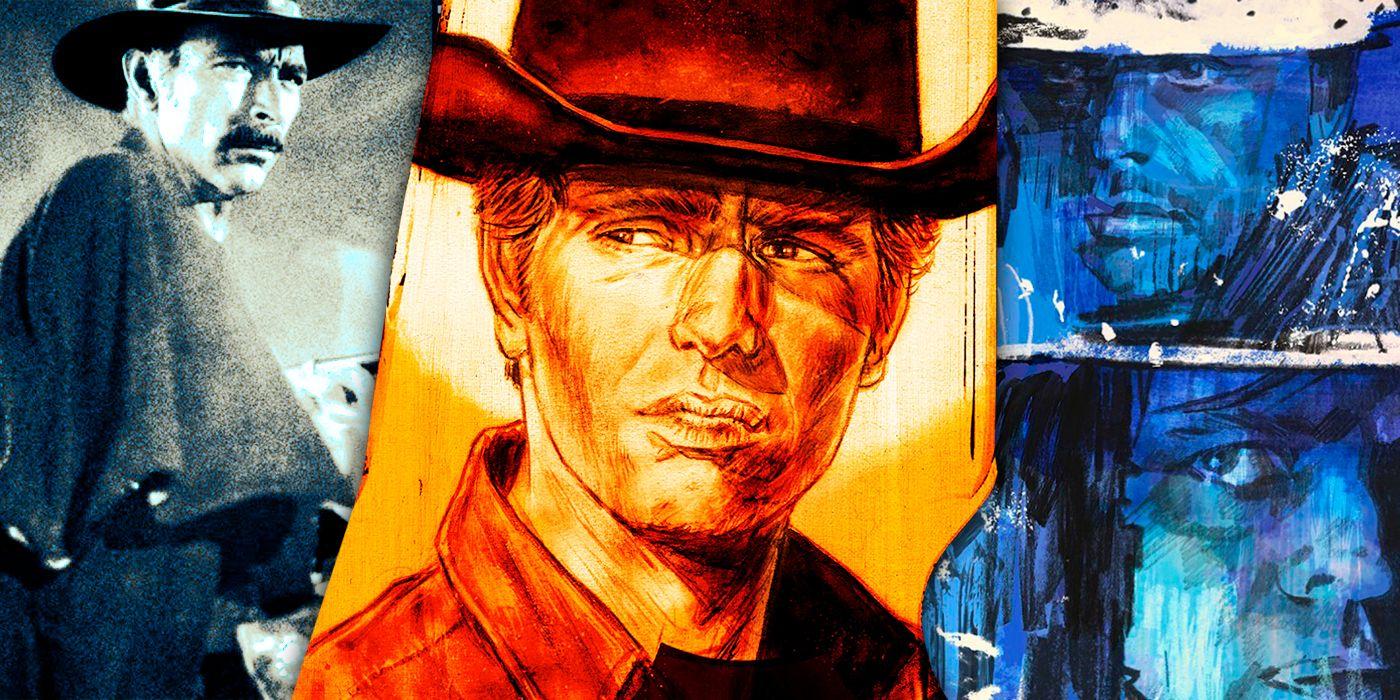When ‘The Matrix’ premiered in 1999, audiences and critics were swept into a cinematic experience that redefined action filmmaking. Directed by Lana and Lilly Wachowski, ‘The Matrix’ did not merely entertain; it transformed visual storytelling, technical standards, and philosophical depth within the action genre. Examining its influence reveals how a singular project catalyzed a paradigm shift, inspiring filmmakers worldwide, reshaping audience expectations, and engraining itself as a staple reference for subsequent generations.
A Fresh Approach to Visual Effects
At the core of ‘The Matrix‘ revolution was its pioneering method for visual effects, specifically the innovation known as bullet time. This method created the illusion of a scene where events unfold in an otherworldly slow motion, while the camera appears to orbit the subject at a regular pace. Accomplished by merging high-speed filming, cameras controlled by motion, and advanced digital compositing, bullet time offered viewers viewpoints that were previously inconceivable. The memorable moment where Neo, portrayed by Keanu Reeves, evades incoming bullets with a graceful curve, became a landmark in cinema. Directors throughout Hollywood and elsewhere quickly aimed to replicate and modify this effect, from ‘Charlie’s Angels’ to video games such as ‘Max Payne,’ thereby embedding the technology and its visual style into public awareness.
Innovative Choreography and the Integration of Martial Arts
Before ‘The Matrix,’ action choreography in Hollywood typically emphasized raw power or direct gunfights. Nevertheless, the Wachowskis enlisted the renowned Hong Kong fight choreographer Yuen Woo-ping to instruct the actors in wire-fu and various martial arts methods. This blend of Eastern and Western styles resulted in graceful, anti-gravity combat sequences previously unseen in Western action movies. The characters engaged in battles with a level of accuracy and grace reminiscent of wuxia films, yet these scenes were integrated into a cyberpunk, American storytelling framework. This partnership sparked a movement: Western film productions increasingly sought out Asian choreographers and their methods, evident in series such as ‘Kill Bill,’ ‘Crouching Tiger, Hidden Dragon,’ and ‘John Wick,’ elevating the genre beyond mere physical altercations to intricately designed ballets of aggression.
Philosophy and Mythology: An Intellectual Dimension
‘The Matrix’ stood apart not just for its visuals, but for intertwining action with philosophical and existential questions. The narrative invited audiences to contemplate reality, free will, and identity, drawing inspiration from thinkers like Jean Baudrillard and motifs from myth and religion. The oft-quoted red pill/blue pill dilemma offers a succinct symbol for the film’s existential stakes. By embedding dense metaphysics within its high-octane sequences, ‘The Matrix’ encouraged other filmmakers to add intellectual rigor and thematic substance to genre cinema, paving the way for more ambitious storytelling in films like ‘Inception’ and ‘Blade Runner 2049.’
Technological Integration and World-Building
A noteworthy innovation was the film’s seamless integration of digital technology into both its narrative and production design. ‘The Matrix’ depicted a world where the boundaries between human experience and digital construct were fluid, anticipating conversations about virtual reality and simulation theory. Visual motifs such as the cascading green code and stark architectural minimalism became not only iconic but also reflective of the film’s underlying themes about perception and control. In this way, action was not merely spectacle, but inherently tied to the film’s world-building and emotional stakes. Many subsequent films and series, from ‘Minority Report’ to ‘Westworld,’ have adopted this model, intertwining technology and action to deepen storytelling.
Sound, Editing, and Aesthetic Cohesion
The impact of ‘The Matrix’ also extends into its auditory landscape and editing style. The film’s sound design, characterized by high-pass filtered gunshots, digitally manipulated punches, and the inventive use of silence, amplified tension and realism. Composer Don Davis’s score merged electronic music with orchestral bravado, marking a departure from more traditional action soundtracks. The use of rapid-fire editing—coherently choreographing spatial geography even in complex scenes—set a standard for clarity amidst chaos. This meticulous crafting ensured that visual spectacle did not blur narrative comprehension, an issue that plagued many earlier action sequences.
Fostering Diverse Storytelling and Inclusive Talent Selection
Another dimension of ‘The Matrix’s’ legacy is its progressive approach to character identity. While not overt at the time, subsequent analysis and interviews have highlighted themes of transformation, choice, and non-conformity that resonate with marginalized identities, including trans narratives—a reflection of the Wachowskis’ own lived experiences. The film’s diverse casting, particularly Laurence Fishburne as Morpheus, broke ground for more inclusive representation in genre cinema, broadening the emotional and demographic reach of action films.
Box Office Legacy and Industry Impact
The success of ‘The Matrix’ was not merely artistic but also commercial. Grossing over $460 million worldwide against a $63 million budget, it demonstrated a robust appetite for innovative action features. Immediate industry response included a surge in high-concept, effects-driven blockbusters, an increased investment in digital post-production, and a new willingness to support auteur-driven projects with ambitious philosophical underpinnings. Major studios accelerated research and adoption of green screen technology, motion capture, and digital compositing, rapidly evolving the toolkit available for the genre.
Lasting Impact and Societal Significance
Two decades after its release, the echoes of ‘The Matrix’ are unmistakable in contemporary action cinema. Phrases like “I know kung fu” and “the Matrix” itself have entered the lexicon as shorthand for revelatory, paradigm-shifting moments. The film inspired volumes of scholarly analysis, fan theories, and countless artistic homages, maintaining cultural vitality across mediums and generations.
Annually, ‘The Matrix’ consistently acts as a foundational model and a standard for action movies. Its enduring influence is clear in the contemporary methods creators employ for choreography, thematic richness, technological incorporation, and narrative diversity. It defied established norms, expanded the possibilities for what action cinema could convey, and made a lasting mark on both the artistry and conceptual framework of film narration.





